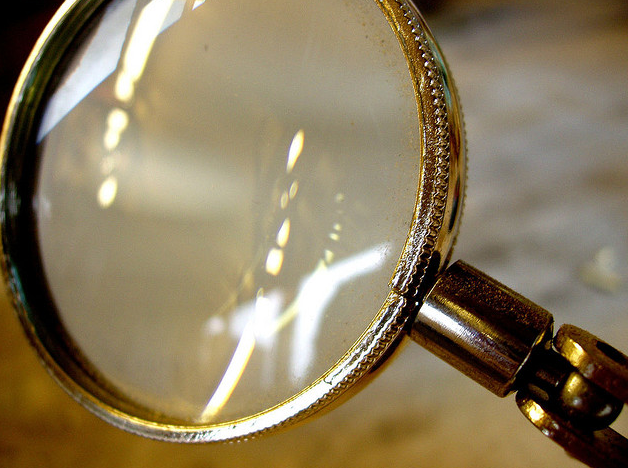New Scientist
Image: Auntie P
UK researchers have developed an image search engine that looks at the content of images to produce results. Instead of guessing based on words that appear on the same web page as current search engines do, it learns to recognise things in images from sets tagged by humans.
It works by creating a virtual mathematical space that contains all the images to be searched – finding pictures you want becomes a matter of geometry. “The idea is you construct the space from a training data set, and then apply it to new images,” says Jonathon Hare, a computer scientist from Southampton University, UK, who developed it.
It begins with a small set of images that have been manually tagged with keywords. Off-the-shelf software then extracts the visual features of each image. “The best word to describe the visual features is ‘blobs’,” says Hare. “They are discrete features of the image, separated from each other by contrast differences. For an image of a Dalmatian dog, the blobs might be its spots.” Read more on newscientist.com…








